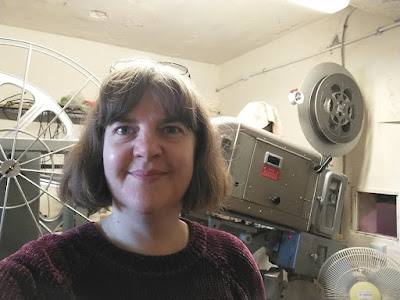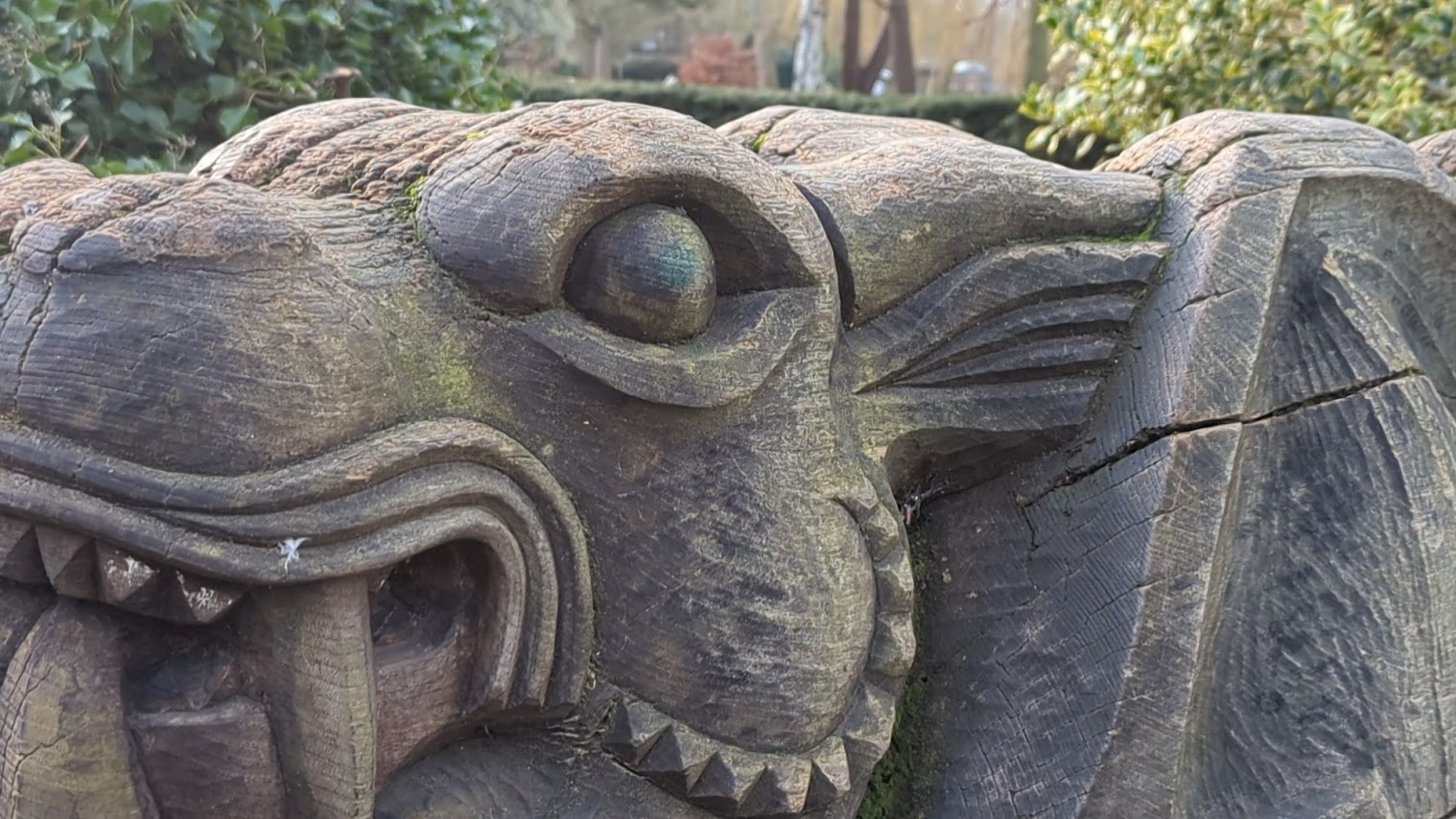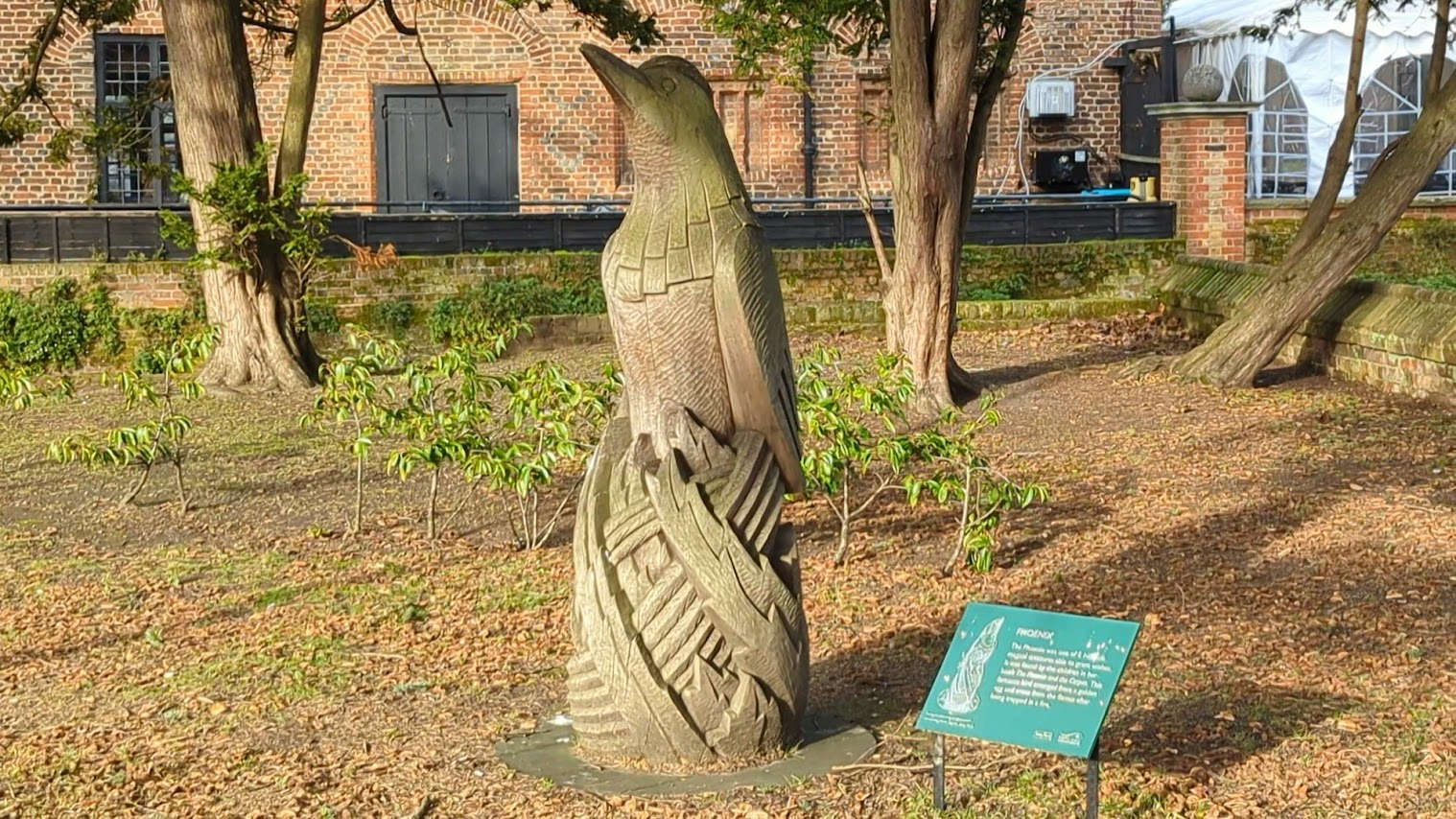If you go into a bookshop or library today there will be a Children’s Section – of course there will. And you will be spoilt for choice. There have never been so many books written for young people. But it hasn’t always been like this. Far from it – the history of children’s books is not a long one, certainly compared to adult literature.
We have to fast-forward to the 19th
century to see the first real age of books for young people. There had been
occasional pioneers in previous centuries, but in the 17th century the
few books aimed at children were mostly about being ‘good’ – and the horrors
that would befall you if you weren’t.
In the Victorian era, for many children in Britain,
the poor, the ones in ever-growing factories or getting shoved up chimneys,
there would have been next to no access to books. But for the middle class, a
group growing by the day, this was the first golden age of children’s
literature. And certainly it’s remarkable how many books published in the 19th
century are still adored.
I’m
going to stay largely British, with a nod to America, because there just isn’t
space to squeeze everything in from around the globe.
In 1846 Edward Lear published A Book of Nonsense. It did what it said on the tin and was a huge hit. Lear wrote Limericks and nonsense poetry, the Owl and the Pussycat his most famous. He played with words, made up words – the owl and the pussycat took a runcible spoon with them – he showed children (and adults) that reading and writing can be fun.
Charles
Lutwidge Dodgson did something similar in novel form 20 years later in one of
the most famous children’s books ever written.
Who?
Dodgson
took the pen name Lewis Carroll and wrote Alice’s Adventures in Wonderland,
published in 1865. Dodgson’s story challenged everything… what is normal, how
adults behave, how adults expect children to behave – and it entertained.
Throughout
this era technology was constantly improving, mass producing books was becoming
easier, therefore books could be cheaper. Children’s publishers became pioneers
of book covers as we know them today, using illustrations, pictures and
designs.
There still remained a consensus in Victorian Britain that children should be protected from the real world with all its horrors and cruelties. Then along came Robert Louis Stevenson and Treasure Island – an adventure story that does not shield young readers from anything, nor its hero Jim. It throws us into a scary world but also one of enormous excitement. Stevenson was one of the first writers not to talk down to children; he wrote for them as equals.
Treasure
Island takes its place in a late 19th century, early 20th
century bookshelf that could be found in homes today. Run a finger along our
bookshelf… Treasure Island, Black Beauty, Peter Pan, the Jungle Book, the
Wizard of Oz, Tom Brown’s Schooldays (the first great boarding school story),
Alice’s Adventures in Wonderland, Little Women, Tom Sawyer, Anne of Green
Gables, Beatrix Potter’s stories…
Some have lasted better than others, but many still have a golden glow or have had a significant influence on the stories that followed in the years to come.
The 1920s and 1930s was a thin time for children's books, but there are titles which will be familiar to readers today.
A.A Milne's Winnie the Pooh books, Doctor Doolittle, Mary Poppins, The Hobbit and others continue to be chosen by children, and gifted by parents and grandparents wishing to pass on their favourites to a new generation. While film and animation adaptations as well as merchandising (who can resist a cuddly Pooh bear) continue to keep these stories alive.
Book jackets became more vibrant and colourful to entice shoppers and the Just William and the Chalet School books could use their covers to make it obvious they were part of a series. Some authors even began to illustrate their own covers, including Hugh Lofting (Doctor Doolittle again), Arthur Ransome while J R R Tolkien (The Hobbit) and T.S Eliot (Old Possum's Book of Practical Cats) designed their's. Artwork could also be very appealing in this period, for example E H Sheppard's beautifully illustrations for the A.A Milne books and Kenneth Grahame's Wind in the Willows.
Some popular books started out in a different format. Rupert the Bear, first created by Mary Tourtel, began life as a comic strip in the Daily Express (where he still appears every day) while The Velveteen Rabbit (or how toys become real) by Margery Williams was first published in Harper's Bazaar in 1921. The book was illustrated by William Nicholson and is still in print today.
In the wake of the Second World War, publishers were looking for children's books that recalled an idyllic Britain to contrast with the reality of rationing and the enormous amount of work it was taking to rebuild the nation.
This period is sometimes called a Second Golden Age of children's publishing. The industry was small enough that publishers were still selecting authors and illustrators very carefully, but the developments in printing technology and the growing availability of printing materials meant that more and more books were being released and read. This, coupled with the influence of editors from the United States, meant that children’s publishing was beginning its journey towards becoming Big Business.
The Second World War loomed large in children’s fiction, including fantasies like The Lion, the Witch and the Wardrobe by C.S. Lewis (in which the children are evacuated to the country), and more realistic books like Carrie’s War by Nina Bawden and, later, Goodnight Mister Tom by Michelle Magorian.
British middle-grade fiction thrived in the 1960s and 70s. Roald Dahl captivated imaginations with classics like Charlie and the Chocolate Factory, where magical worlds unfolded alongside pointed life lessons. Dahl’s books represented the changes taking place in Britain in the 60s: they were still very moralistic, with clear ideas of right and wrong—but they were also anarchic and anti-authority, reacting against the strict upbringing that many of the children's authors of this period had experienced.
Across the Atlantic, Judy Blume’s classic Are You There, God? It’s Me, Margaret opened up the mind of a preteen girl and dealt frankly with topics such as young love and periods, while in the UK The Diary of Adrian Mole, Aged 13 ¾ by Sue Townsend explored a teenage boy’s attitudes towards adolescence and 1980s politics. While there was no such market as ‘young adult’ yet, these books were some of the first to explicitly explore the teenage experience for a teen audience.
Fantasy experienced a resurgence in the later part of the twentieth century, as readers and publishers rediscovered Tolkien's The Lord of the Rings. Building on Tolkien's vision of a rich fantasy world, British authors like Susan Cooper (The Dark is Rising series), Alan Garner (Elidor) and Philip Pullman (His Dark Materials trilogy) explored surprisingly adult themes, offering young readers narratives rich in fantasy, mythology, and moral complexity.
The second half of the century also saw a growth in children’s picture books, with more experimental formats and surprising stories being explored. Shirley Hughes painted vivid pictures of childhood with the Alfie books and Dogger; Dr. Suess created a madcap rhyming world in classics like The Cat in the Hat and Green Eggs and Ham; Maurice Sendak’s dark and atmospheric Where the Wild Things Are resonated with the heightened emotions of children; and Raymond Briggs bridged the gap between children and adults with his modern fairytale The Snowman and the firmly adult reflections on Cold War fears in When the Wind Blows.
The latter part of the twentieth century also witnessed a growing commitment to diversity in British children's literature. Authors like Malorie Blackman addressed issues of identity, discrimination, and inclusion, resonating with readers of all backgrounds. Representation of class and race was still not comprehensive, however, and working class and Black authors struggled for legitimacy in an industry that still favoured white, middle class writers.
Between the Second World War and the dawn of the next millennium, Children’s publishing had grown from a cottage industry to a thriving business model.
And then came along a single Mum in
Edinburgh, who exploded the world of children’s publishing while jobbing as a
teacher. You have guessed it: JK Rowling and her generation-defining boy
wizard, Harry Potter, changed our world!
The first book in the series, The Philosopher’s Stone (1997),
was published quietly with an initial print run of only 500. No one could have
possibly foreseen how huge and influential Rowling’s wizarding world would
become – least of all the author who had received a considerable clutch of
rejections from publishers and agents.
Those new instant classics kept coming thick and fast: Louis
Sachar’s Holes (1998), Julia Donaldson’s The Gruffalo (1999),
Eoin Colfer’s Artemis Fowl (2001), Neil Gaiman’s Coraline (2002)
and Rick Riordan’s Percy Jackson series.
Rowling and Pullman occupied the upper limits of the age group
edging into YA territory which would have its own renaissance with dystopian
series fiction like Malorie Blackman’s Noughts and Crosses (2001)
and American imports such as The Hunger Games (2008) and
the Mazerunner (2009) and Divergent (2011)
series.
Vampires also had their moment with the Twilight (2005) Saga. Back in Middle Grade territory, Robin Stevens and her Murder Most Unladylike (2014) series and Katherine Rundell with her range of quirky adventures ushered in a bunch of new kids on the block.



























